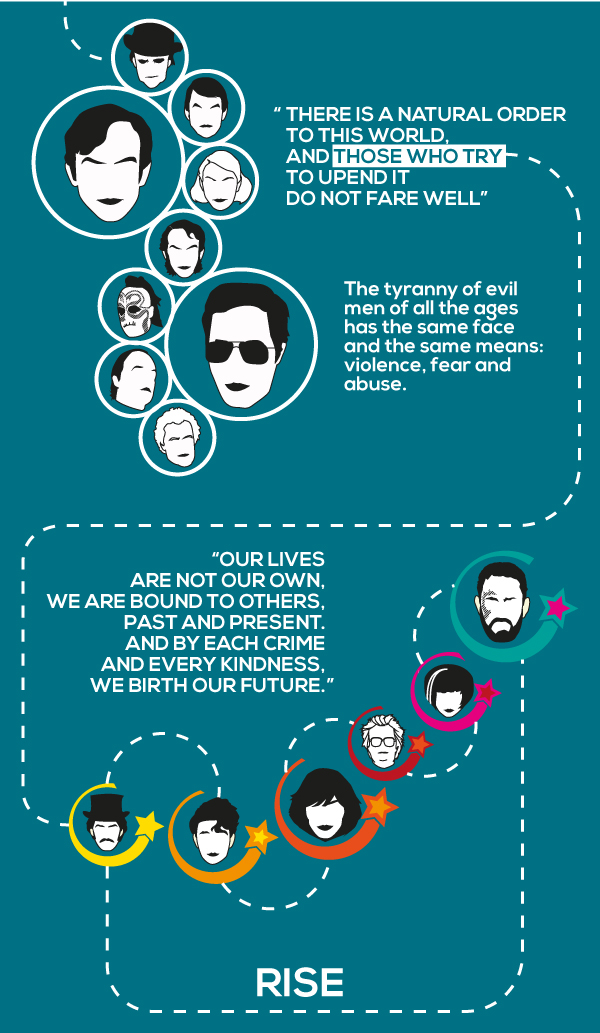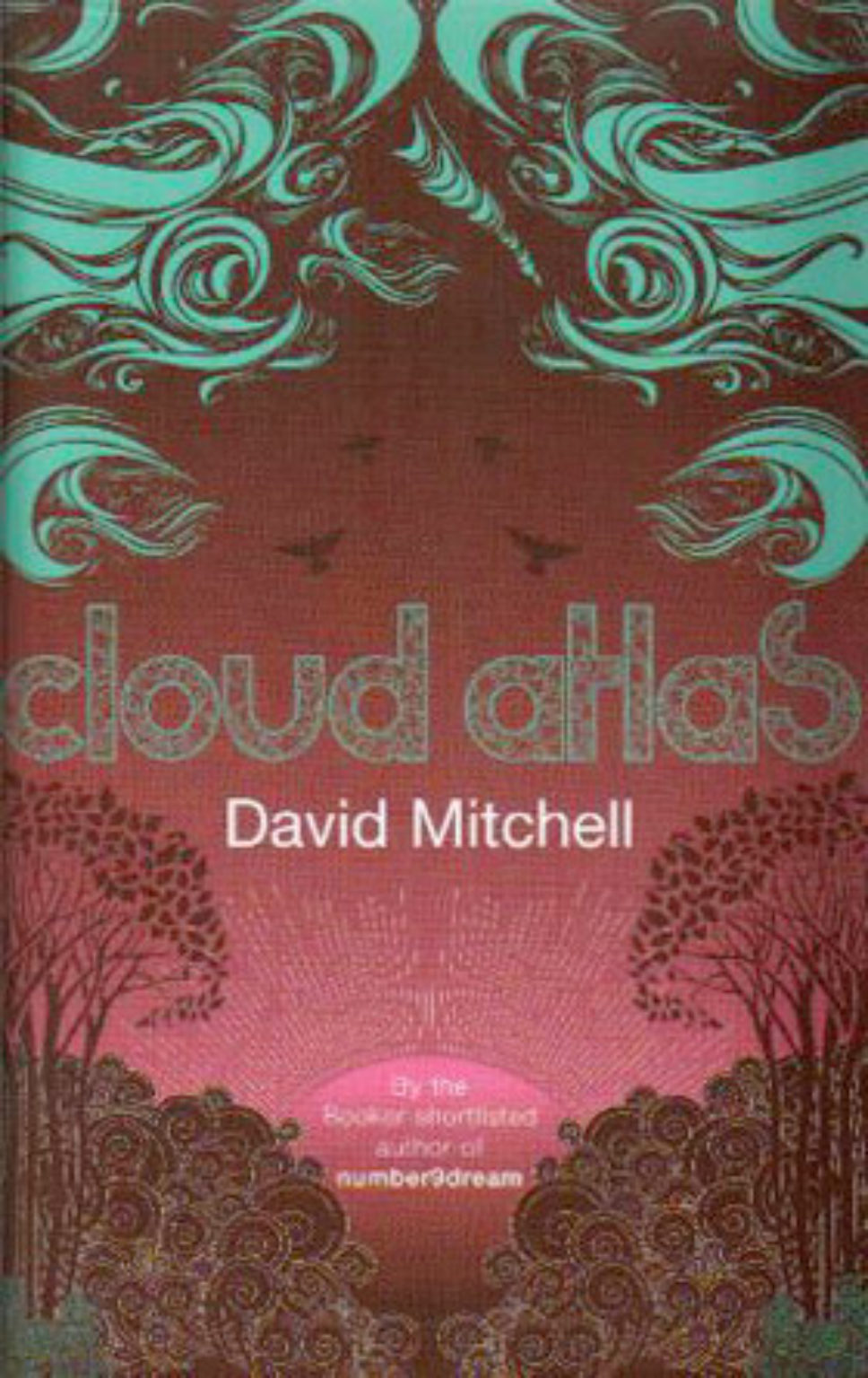

Agreed! I didn't want to think that these folks were all reincarnations of one another. I can't tell you how relieved I was when I read that Cavendish was dismissing the birthmarks as a bunch of "hippy-druggy-new-age" stuff. These references and criticisms between the texts made me smile throughout I wondered how much of it was Mitchell's inner critic, so to speak, or whether the presence of the criticism in the book somehow justified those overly dramatic or overwrought moments. Is it Somni's chapter and Sloosha's Crossing? Or are they all real within the structure of the book, some parts only appearing to be fictional? Or can reality or presence really exist in a book structured the way this one is? Before I type a hundred more questions that I'm left ruminating about at the close of this book, let's get back to the birthmarks, which were the only real sticking point for me. Finally, the reality of the book crumbles away once you start wondering which is the book's reality. Somni-451 calls her whole narrative into question, gently pointing out the cracks and plot holes in her story to her interviewer. Hush weren't so artily-fartsily Clever" and calls bollocks on the whole comet-shaped birthmark connection. (I hadn't.) Timothy Cavendish tells us "The First Luisa Rey Mystery" would have been better "if Hilary V. Frobisher latches on to Adam Ewing's diary and criticizes it for being overwrought and perhaps embellished (edited by the son) he also lets on that Henry Goose was poisoning Ewing, in case we hadn't picked up on it.



Not only do these texts find their way into the subsequent (or previous) characters' hands, but the characters can't help but provide commentary on the other chapters, bringing in a sort of meta-criticism. Each of the texts finds its way into the others as Mitchell piles on layers that take us through different time periods and dramas. Where the hell was he headed? This is the moment I became hooked on Cloud Atlas, and a great deal of that pleasure came from the intertextual play between the various parts of its symmetric structure. David Mitchell was suddenly present, and certainly up to something. The moment I turned the page to find poor Adam Ewing cut off in mid-sentence, I grinned. It's constantly calling attention to itself as a work of fiction. Emily Withrow: Cloud Atlas isn't the type of book you lose yourself in-at least not entirely, or without interruption.


 0 kommentar(er)
0 kommentar(er)
